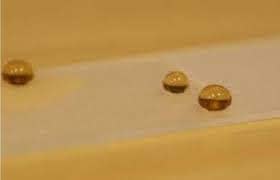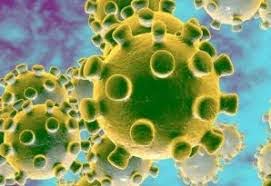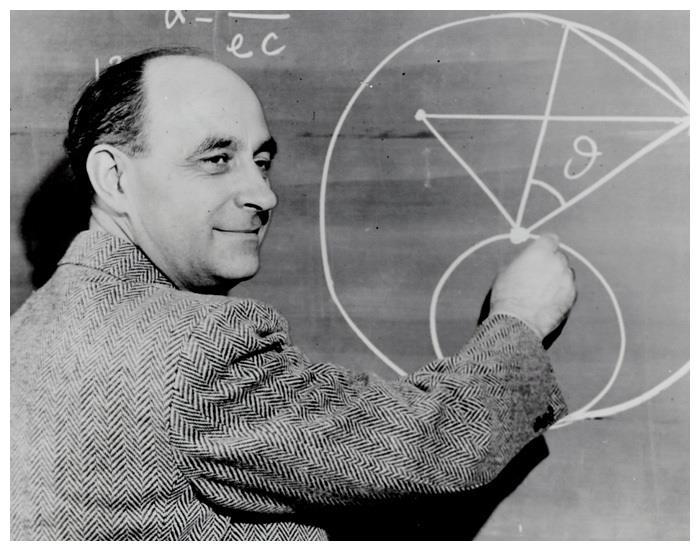
Sometimes the thicker the liquid, the faster it flows.
Advertisement
It's well known that highly viscous liquids (like honey) flow slower than low-viscosity liquids (like water). Now, researchers have been surprised to find that common sense reverses itself when the liquid flows through a chemically coated capillary tube. In fact, when the fluid is 1,000 times more viscous when passing through the capillary, it flows 10 times faster.

The speed at which fluid flows through a pipe is a valuable parameter for extraordinary applications: from industrial processes (e.g. oil refineries) to biological systems (e.g. the human heart).
Traditionally, if a faster flow rate is needed, the pressure can only be increased. However, this technique has its limitations. The pressure cannot exceed the maximum load of the pipe. This is especially true for thin and narrow tubes, such as the microfluidic tubes used to produce drugs and other complex chemicals, so researchers are investigating whether it is possible to increase the speed at which liquids can flow through narrow tubes without increasing the pressure.
Advertisement
In the paper, published October 16 in Science Advances, the researchers found that by coating the inside of the tubes with compounds that repel liquids, they can make viscous liquids flow faster than low-viscosity liquids.
Professor Robin Rath, from the research group at Aalto University's Department of Applied Physics, explained: "The superhydrophobic surface consists of tiny bulges that trap air in the coating, so that droplets that fall on the surface act as if they were on a mat of air."
The superhydrophobic coating itself does not accelerate the flow of liquids of higher viscosity. However, this changes dramatically when the droplets are confined to microfluidic very narrow pipes. The superhydrophobic coating on the pipe wall creates a small air gap between the inner wall and the liquid droplet.
Advertisement
- Previous article
- When do we reach our peak brain power?
- Next article
- How to build your bakery shop atmosphere?
Advertisement
OTHER NEWS

Physicists Have Discovered a New Paradox
BY Denise

Python surpassed JAVA in the TIOBE rankings for the first time
BY Robin

What People in Different Areas Pay in Pursuit of Beauty?
BY Debra

Study shows that well-edited hometown wiki entry will attract tourists
BY Julia

Sleep well first: Sleep and weight loss
BY Helen

Russia announces intention to independently explore Venus
BY Lois
RECENT NEWS
-

PUBG Mobile Esports Generated 200 Million Hours of Viewing in 2020
-

Mario Kart Tour Races to $200M revenue and 200M Downloads
-

Game Acquisitions Expand Globally in Q1 2021 with 280 Deals Worth $39 Billion Surpassing That in 2020
-

Free Fire Shows Strong Momentum, with Its Revenue Overtaking PUBG Mobile in a Single Market for Q1 2021
-

The Games Fund Launched a $50 Million Early Investment Fund to Invest in American and European Companies
-

How to Download and Install Wyze App for Free?
 1
1 1
1